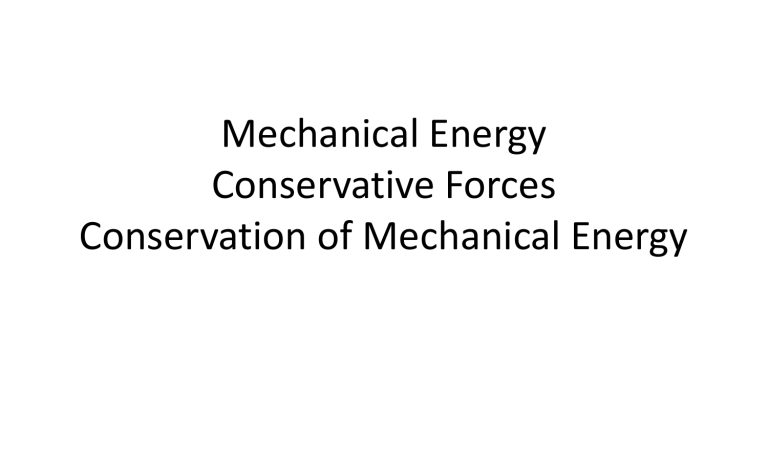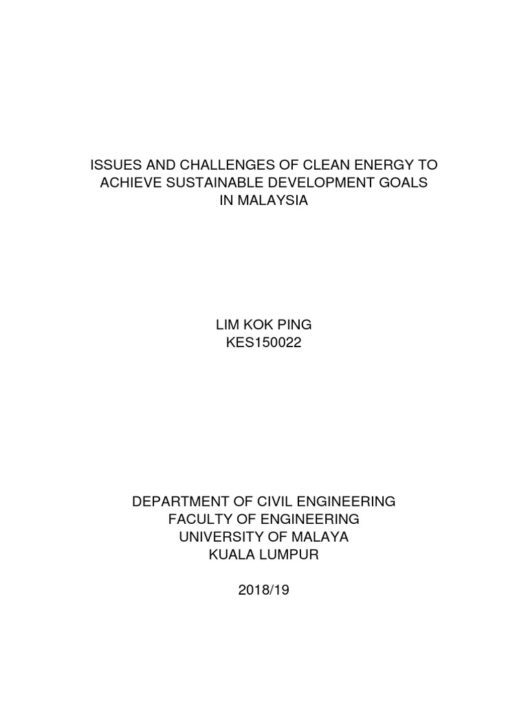Understanding the conservation of mechanical energy is a fundamental concept in the study of physics, which can elegantly explain phenomena both on Earth and in orbit. This principle states that within a closed system, where only conservative forces are acting, the total mechanical energy remains constant. Yet, when applied to real-world situations, especially when comparing earthbound scenarios with those occurring in the vast expanses of space, this principle can appear astonishingly intricate.
Mechanical energy can broadly be defined as the sum of kinetic energy (energy due to motion) and potential energy (energy stored due to position or configuration). The conservation of mechanical energy suggests that, in an ideal scenario devoid of external forces like friction or air resistance, an object’s mechanical energy should remain unchanged throughout its motion. This foundational idea is pivotal in various applications, from engineering to natural sciences, illuminating the mechanics that govern both terrestrial activities and celestial bodies.
When we consider a pendulum swinging back and forth, we can observe the transformation of energy in a tangible way. At the highest points of its swing, the pendulum possesses maximum potential energy and minimal kinetic energy. As it descends, potential energy transforms into kinetic energy, reaching its peak motion at the lowest point. Here, all potential energy has converted, reflecting the law of conservation in action. However, as soon as air resistance and friction come into play, energy dissipates in the form of heat and sound, violating the conservation principle from a practical standpoint.
Now juxtapose this with a satellite orbiting Earth. Within the vacuum of space, the idea of energy conservation takes on a different dimension. A satellite continually converts gravitational potential energy to kinetic energy as it moves closer to Earth during its orbit, then, conversely, converts kinetic energy back to potential energy when it swings outward. Remarkably, the total mechanical energy remains constant throughout this journey, barring atmospheric drag and potential gravitational perturbations by other celestial bodies. Despite these ideal conditions, the vitality of the satellite’s operations relies heavily on energy conservation, showcasing its fundamental importance.
So what happens when we step outside the conventional scenarios of Earth-based physics? The variance becomes even more pronounced when examining scenarios involving multiple forces. For instance, consider a planet leaving the cataclysmic events of a supernova, flung into space. In such high-energy environments, mechanical energy conservation seems to wobble. While the overall mechanical energy of the system remains constant, large-scale dissipation of energy through radiation can obscure the neatness of the conservation idea. Here lies a beautiful paradox: the principle persists at a cosmic level, even as local conditions may obscure its clarity.
Another layer to this discussion arises when we contemplate dissipative forces operating on material objects. The interplay of heat, light, sound, and friction introduces a divergence from perfect isolation. On Earth, these forces significantly complicate our observations, often leading to the conclusion that mechanical energy appears not fully conserved. Although we derive calculations based on energy balances, the minute losses experienced through interaction with the environment can mislead us about the true nature of energy conservation.
With the deluge of contrasting observations, one begins to question: is mechanical energy truly conserved, or is it merely a construct of idealized scenarios? This enigmatic aspect may lead us to re-evaluate how we perceive energy transformations, beckoning a shift in perspective. In engineering and technology, acknowledging the limitations imposed by dissipative forces leads to more robust designs—an essential consideration for sustainable energy solutions that prioritize efficiency rather than mere conservation of energy.
Considering the implications of this conservation principle extends beyond physical systems to environmental awareness and practices aimed at sustainability. Engineers and scientists are continually grappling with energy efficiently, translating conservation from a theoretical concept into practical applications with significant real-world ramifications. By analyzing energy losses and harnessing alternative energy sources, individuals can devise methods to mitigate the adverse effects on both the environment and human systems.
In conclusion, the question of whether mechanical energy is truly conserved in orbit versus on Earth does not yield a binary answer but invites deeper exploration into the nuances of energy dynamics. It inspires curiosity regarding not only the scientific principles at play but also their broader implications. Recognizing the complex interactions of energy forces in varying contexts allows for an enriched understanding of the natural world, paving the way for innovations that align with the principles of sustainability. This quest for knowledge may ultimately illuminate paths to sustainable futures, promoting a resonance with the forces of both our terrestrial regulations and the cosmic ballet occurring in the wider universe.







